How Neutrinos Might Fit into the Dark Matter Puzzle
Written on
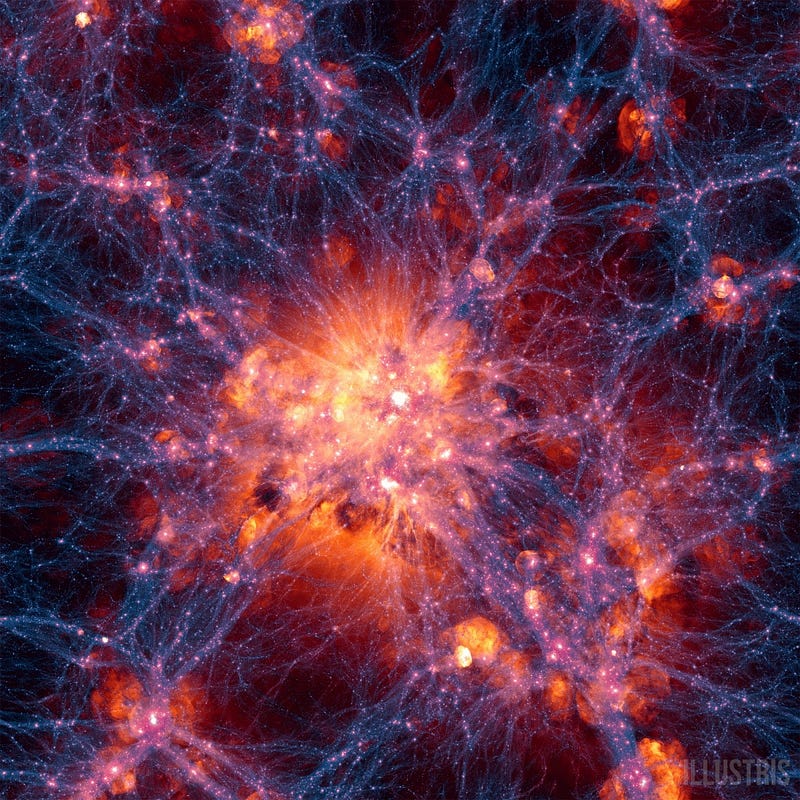
How Much Of The Dark Matter Could Neutrinos Be?
Neutrinos, the only particles in the Standard Model that exhibit behavior akin to dark matter, may not provide the complete answer.
Throughout the cosmos, there exists a significant amount of unseen matter. Observations of stars orbiting in galaxies and the movement of these galaxies within clusters reveal a troubling reality: the gravitational effects we witness cannot be fully explained by the visible matter alone. In addition to stars, gas, plasma, dust, and black holes, there must be an elusive component contributing to the gravitational pull.
This unseen component has been termed dark matter, essential for reconciling various astronomical observations. While dark matter cannot consist of conventional matter—composed of protons, neutrons, and electrons—neutrinos might fit the bill in terms of behavior. Let’s investigate the potential contribution of neutrinos to dark matter.
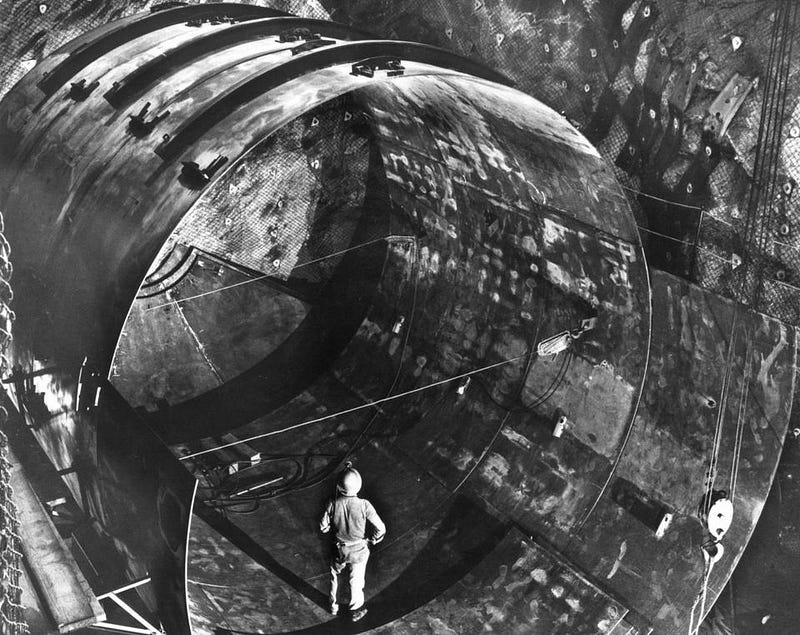
Neutrinos initially appeared to be an ideal candidate for dark matter. They interact very weakly with normal matter and do not emit or absorb light, making them undetectable by traditional telescopes. Furthermore, because they interact via the weak force, their creation was abundant during the hot, early moments of the Big Bang.
We are aware of the existence of residual photons from the Big Bang, and recent findings suggest that there are also leftover neutrinos. Unlike massless photons, neutrinos could possess a small mass. If their mass is appropriately calibrated according to the total number of neutrinos and antineutrinos, they could theoretically account for the entirety of dark matter.

The question then arises: how many neutrinos exist? This depends on the number of neutrino types.
Although we can detect neutrinos using large detectors designed to capture their rare interactions, this method is inefficient and captures only a minuscule fraction. We can observe neutrinos produced by particle accelerators, nuclear reactors, solar fusion, and cosmic ray interactions, allowing us to measure their properties, including transformation rates, but not the total number of neutrino types.
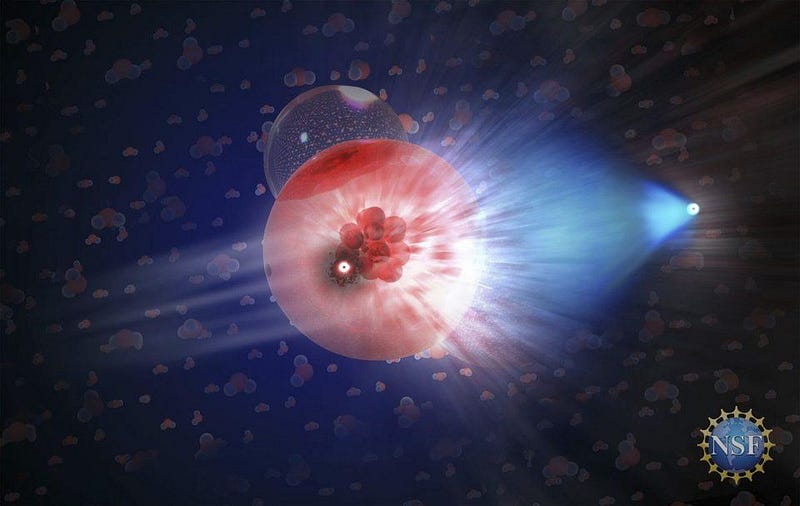
A critical measurement can be derived from an unexpected source: the decay of the Z-boson. This neutral boson mediates weak interactions and can decay into neutrinos. While these neutrinos are typically undetectable, analyzing the percentage of decays that yield "invisible" signals allows us to estimate the number of light neutrino types, which has been conclusively identified as three.
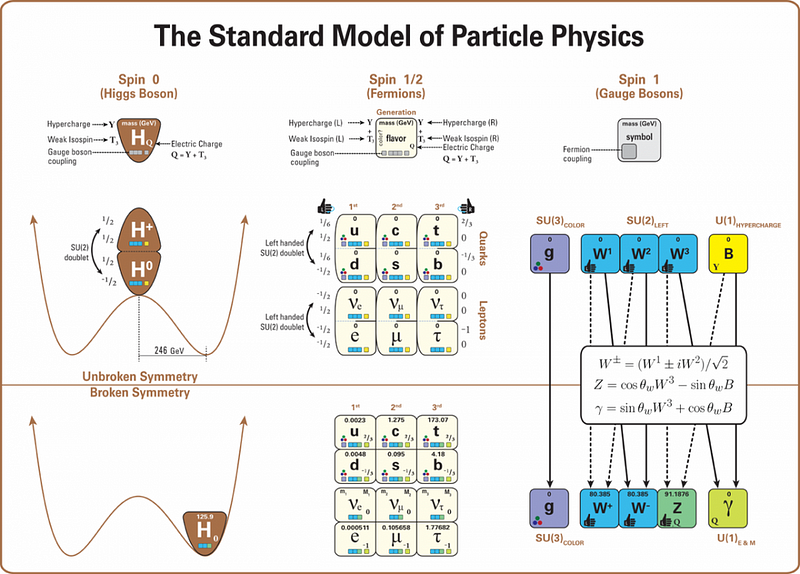
Returning to dark matter, calculations based on various observations indicate the need for significant additional dark matter to achieve the required gravitational effects. From colliding galaxy clusters and the motion of galaxies in X-ray-emitting clusters to fluctuations in the cosmic microwave background and the internal dynamics of galaxies, we find that approximately five times the amount of normal matter must exist as dark matter.
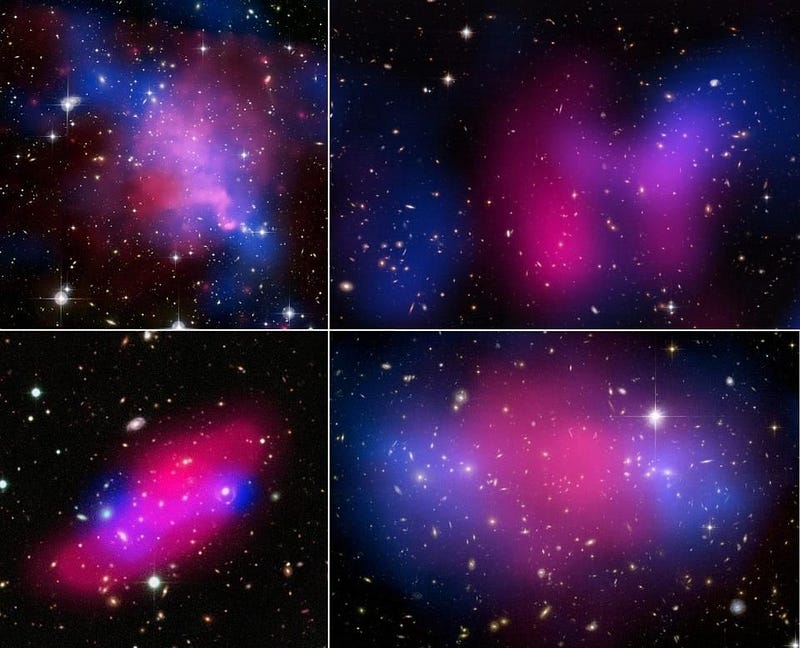
If there are three types of light neutrinos, a small mass of around 3 to 4 eV per neutrino could suffice to explain all dark matter. The lightest particle in the Standard Model, the electron, has a mass of roughly 511 keV, which is several hundred thousand times greater than the desired neutrino mass.
However, two significant challenges arise with massive light neutrinos. First, if neutrinos were dark matter, they would constitute hot dark matter. This is in stark contrast to the concept of cold dark matter, which means that dark matter should move slowly compared to light during the early universe.
Why is this important? If dark matter were hot, its rapid movement would hinder the gravitational formation of small-scale structures. The early formation of stars and galaxies, along with weak lensing signals and cosmic microwave background fluctuations, all indicate that dark matter cannot be hot.
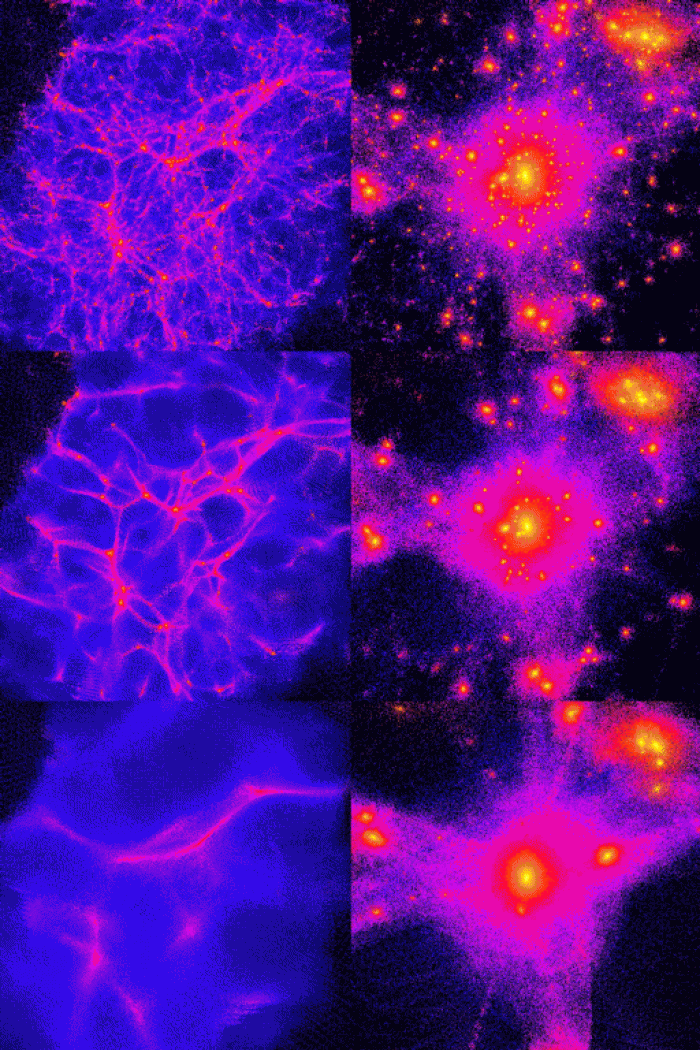
Numerous research collaborations have measured neutrino oscillations, allowing us to infer mass differences between neutrino species. Since the 1990s, it has been determined that mass differences between two neutrino types are approximately 0.05 eV, while the difference between another pair is around 0.009 eV. Tritium decay experiments indicate that the electron neutrino must be lighter than about 2 eV.
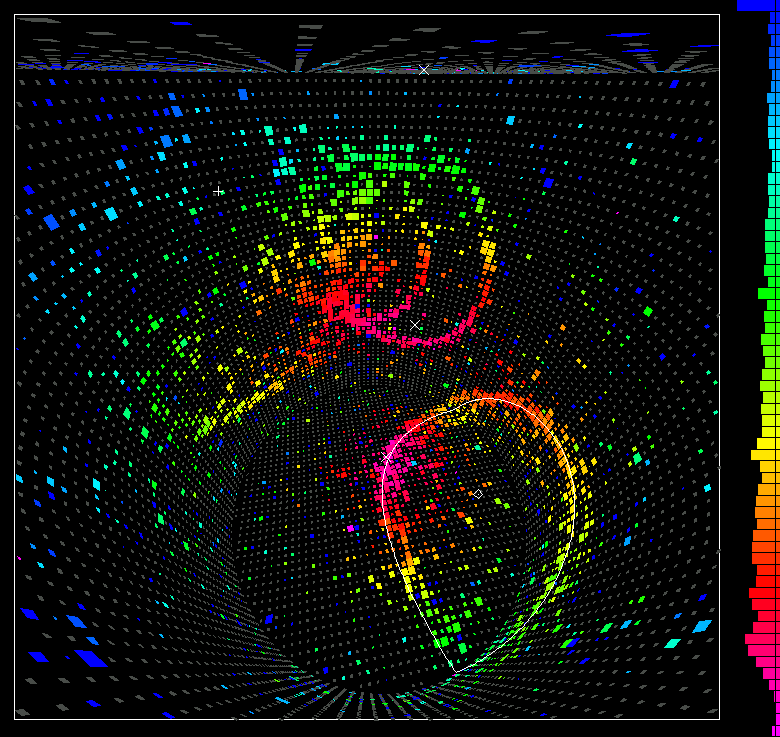
Moreover, data from the cosmic microwave background and large-scale structures suggest that the total mass of all neutrinos cannot exceed approximately 0.1 eV, as too much hot dark matter would disrupt these signals. Present data imply that the known neutrinos are near the lowest mass values suggested by oscillation data.
In conclusion, only a small fraction of dark matter is permitted to consist of light neutrinos. Current constraints indicate that light neutrinos could make up about 0.5% to 1.5% of dark matter. While not trivial, this amount is equivalent to the total mass of all stars in the universe, but their gravitational influence is minimal, insufficient to account for the required dark matter.

Interestingly, there is a possibility that an entirely new type of neutrino could exist—one that is sterile. A sterile neutrino does not interact via the typical weak interactions and would not couple with Z-bosons. If these neutrinos can oscillate between active and heavier, sterile types, they could behave like cold dark matter and potentially account for all of it. Ongoing experiments, such as LSND and MiniBooNE, along with planned initiatives like MicroBooNE, PROSPECT, ICARUS, and SBND, suggest that sterile neutrinos might indeed play a significant role in our universe.
In the context of the Standard Model, we cannot fully explain the dark matter necessary for our universe. None of the known particles exhibit the requisite behavior for all observations. While neutrinos exhibit properties akin to dark matter, they only account for about 1% of it. This is still noteworthy, as it corresponds to the mass of all stars in the universe. Moreover, the potential discovery of sterile neutrinos in upcoming experiments could shed light on this significant cosmic mystery.
Starts With A Bang is now on Forbes and republished on Medium thanks to our Patreon supporters. Ethan has authored two books, Beyond The Galaxy and Treknology: The Science of Star Trek from Tricorders to Warp Drive.